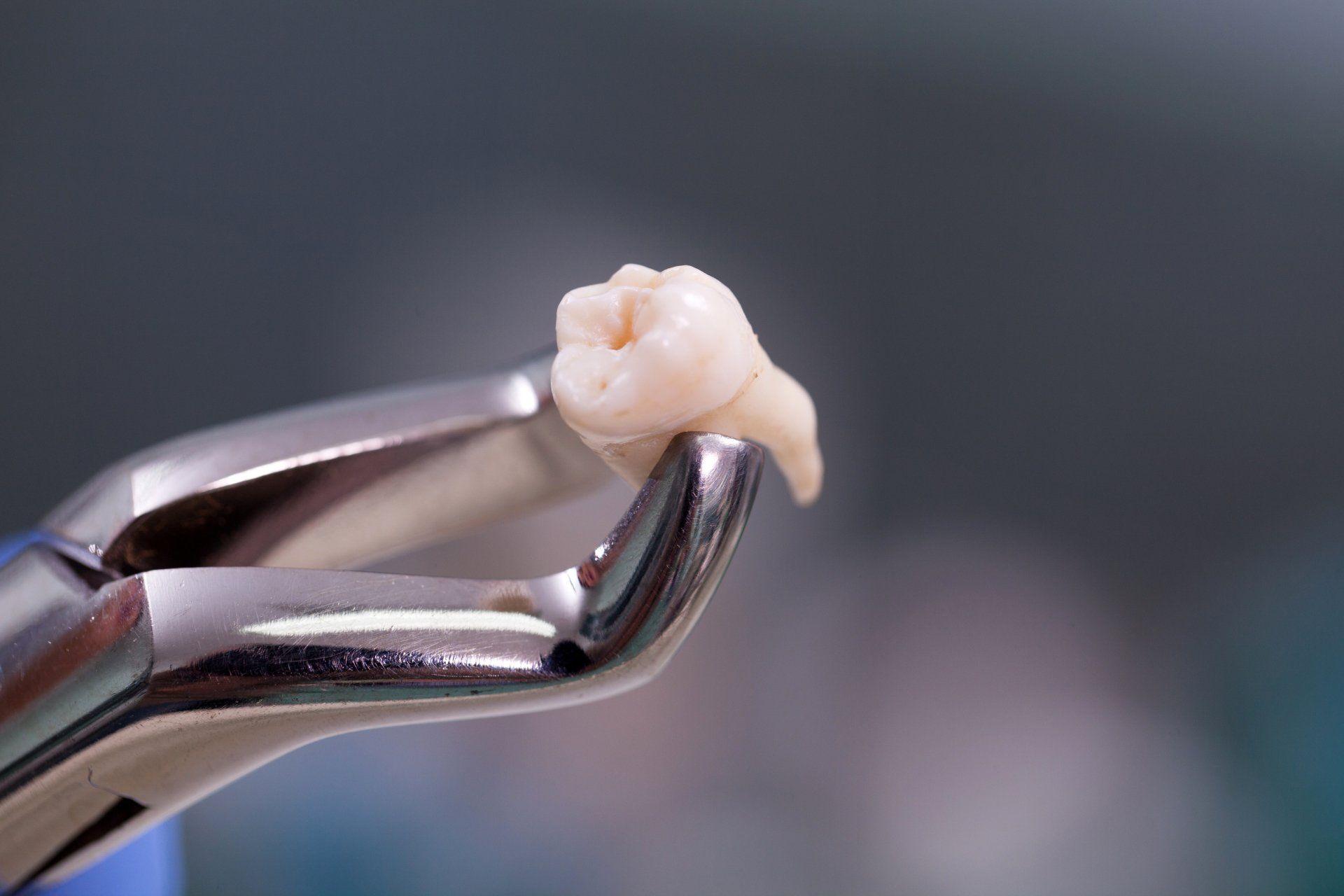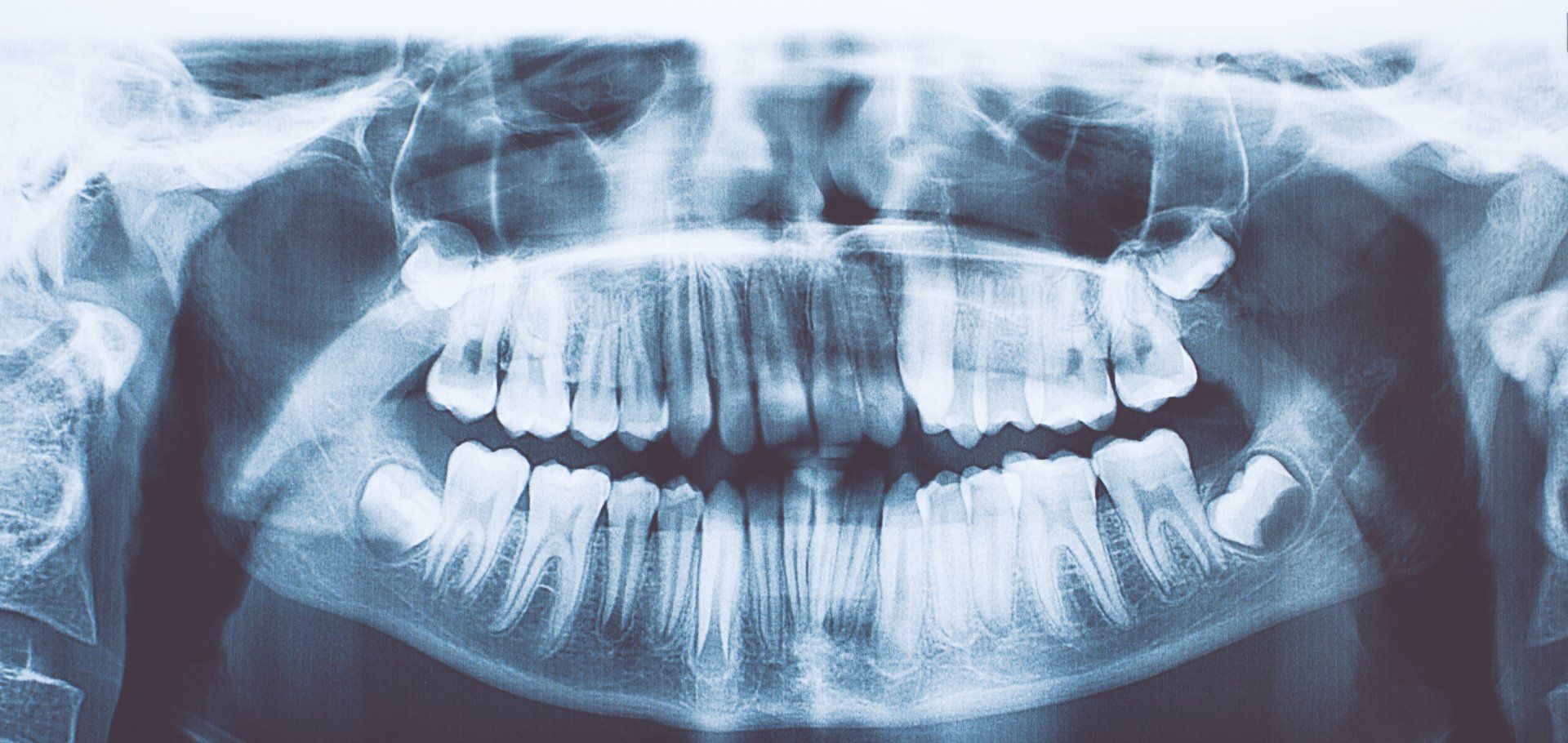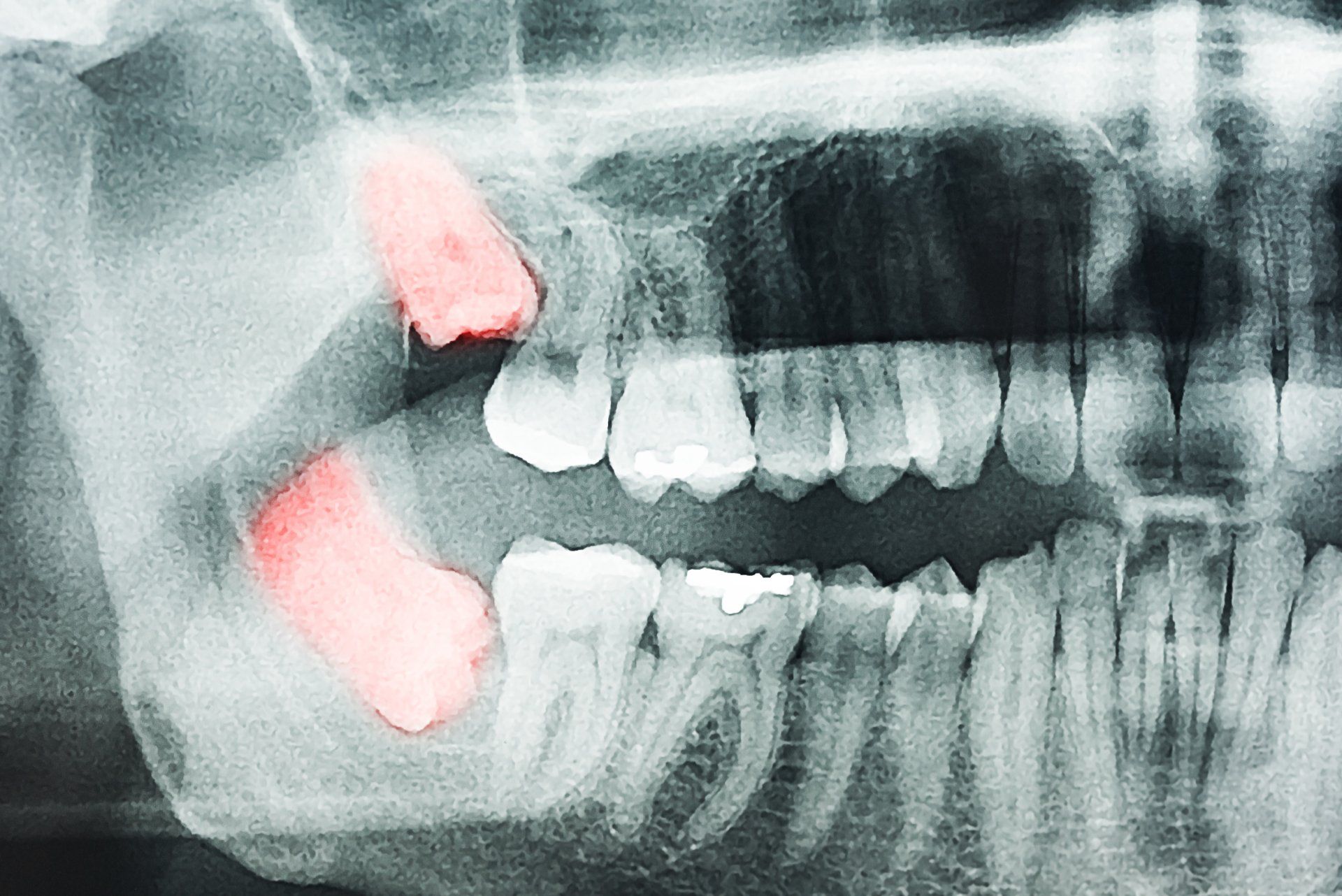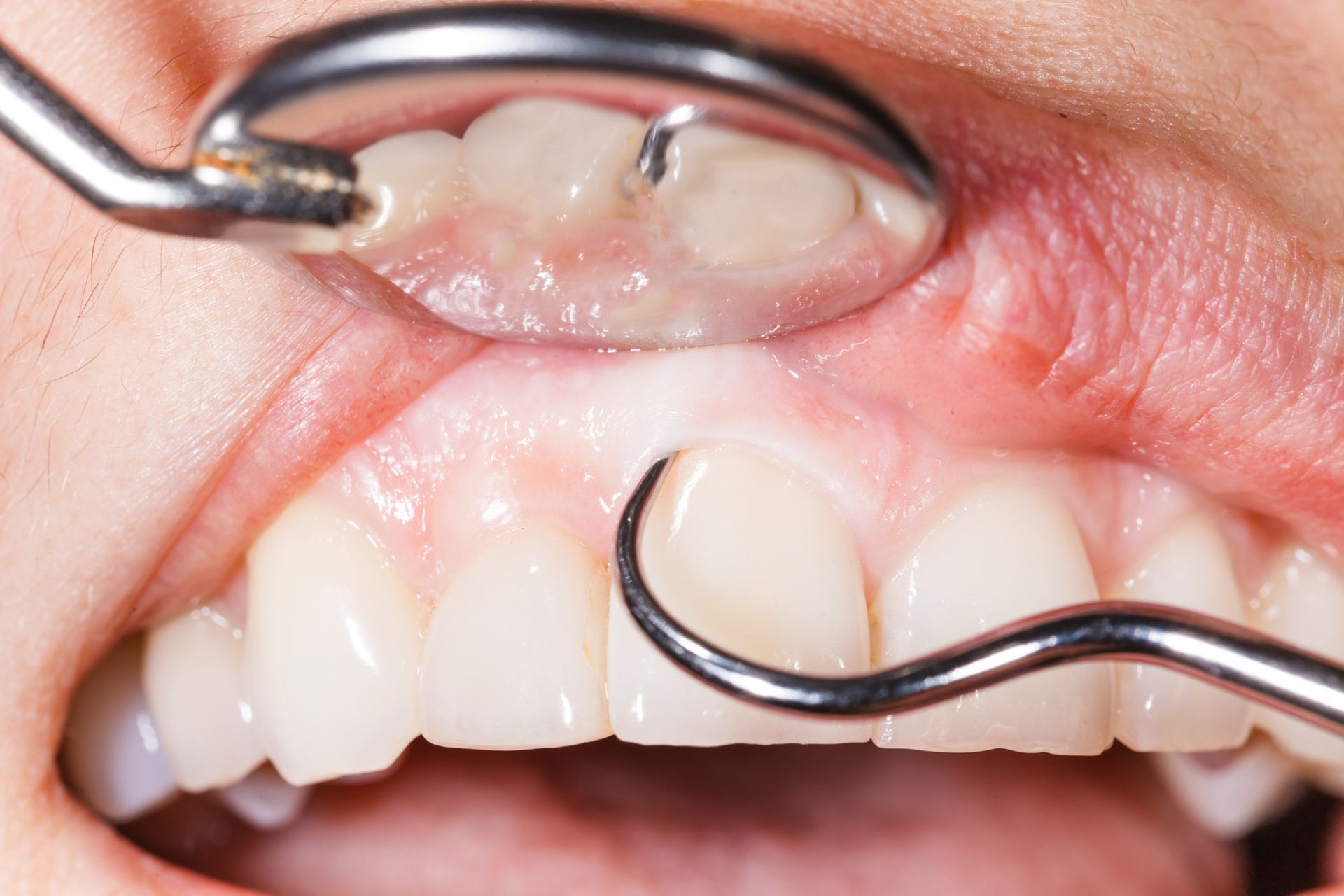All You Need to Know About Dental Crowns and Bridges
June 12, 2019
Losing a tooth can be one of the most devastating things to happen to you, as it’s typically caused by something dangerous such as gum disease or a blunt force impact at high velocity. Your teeth rest against each other, providing support for the overall structure of the jawline. When one tooth is missing, the pressure will be misplaced, potentially leading to the collapse of the overall structure.
Dental crowns and bridges are two solutions that most dentists will suggest when a patient is presented with an absent or a highly damaged tooth. However, the general public doesn’t understand much about them. In this article, we’ll talk about dental crowns and bridges and what they can do for you when you have a missing tooth.
What are crowns?
Dental crowns are covers or “caps” placed on damaged teeth that have the same appearance and texture as natural teeth do. This can help to prevent the infection in the gum while restoring proper function to the damaged tooth.
What are bridges?
Dental bridges are used to replace a missing tooth by providing a stand for the tooth replacement to sit on top of. The base structure is fitted into the gumline via a small incision. The root of the bridges will then be placed in the section of the gum where the tooth once was, which will then be locked in place. A replicated tooth will then be placed on top of the bridge and secured in place. Compared to dental implants, bridges may not be as long-lasting and secure, but it’s an affordable option that can help get the job done all the same. It can help prevent gum recession and infection as well, making it an all-around great treatment option for tooth loss.
How are crowns and bridges fitted?
Step 1: Assessment
The first thing the dentist will do is to inspect the gum and jaw structure and decide whether a crown or bridge is a viable treatment option. They will perform an X-ray examination and review your medical and dental history to assess whether it’s the right treatment option for you.
Step 2: Fitting
Once the dentist deems that it’s safe for you to receive the treatment, they will measure your tooth and gum so that they can order a custom dental bridge or crown to fit your teeth. Once the crown or bridge is ready, the dentist will call you in to have the structures installed in your mouth.
Step 3: Adjustment
Once the fitting is done, the dentist may ask you about how you feel. If there’s any pain or discomfort, the dentist will then make an adjustment to ensure that it fits comfortably.
If you have had to deal with a loss of a tooth, you know that it can be both embarrassing and painful, not to mention that it hinders your ability to enjoy your life. These treatment options allow you to have the same quality of life without any glaring side effects.
If you’re looking for a dentist in Mississauga, DAAS Dentistry is your best option. Get in touch with us today to see how we can help.

Dr. Ehab Daas
Meet your doctor
Dr. Ehab is a passionate dentist with 15 years of dental experience. He received his D.D.S in 1997, and has practiced dentistry for 6 years since then. Immediately after that, Dr. Da'as moved to Paris to get his Orthodontics and Prosthodontic diploma's in which he specialized in fixed bridges and crowns. He graduated from France with remarkable achievements in 2005, and went on to work for 9 years, focusing on difficult orthodontics cases and satisfying his ortho patients. Dr. Ehab moved to Canada in 2014 to continue his career, where he is proud and extremely honoured to provide his patients with the highest quality service.
Learn More










